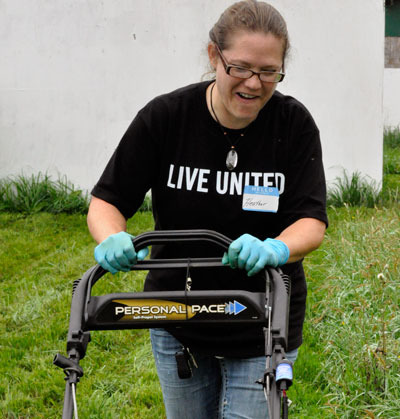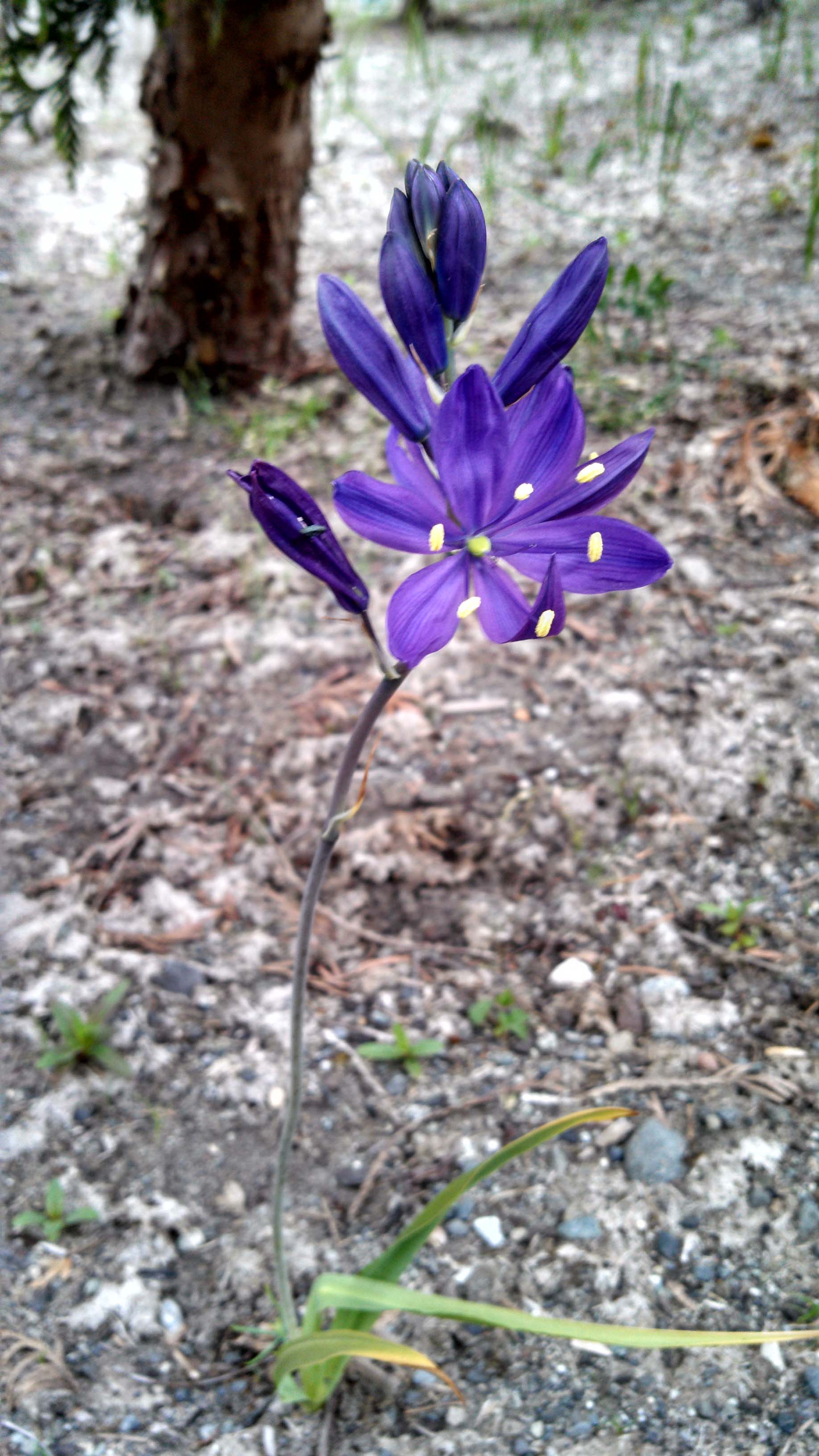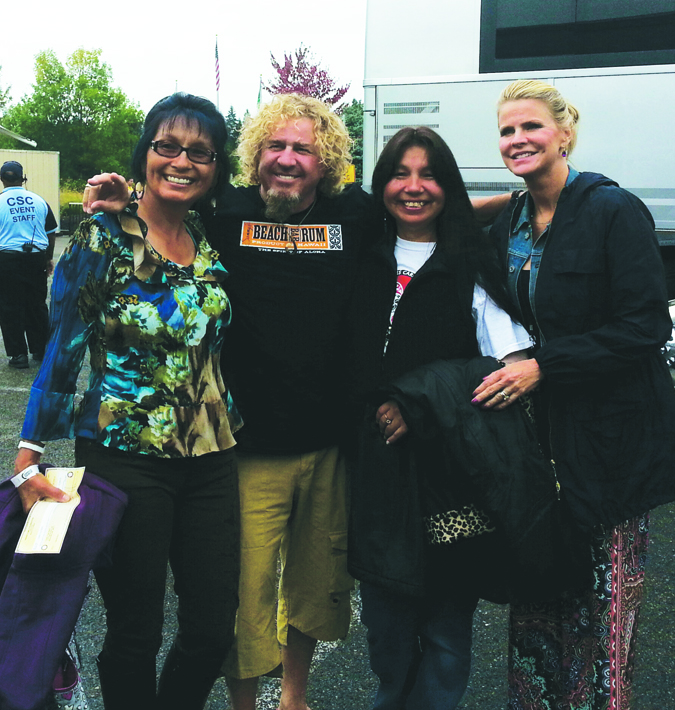
— image credit: Lauren Salcedo
By Lauren Salcedo, The Marysville Globe
MARYSVILLE — More than 800 volunteers spent their weekends painting fences, cleaning schools, picking up litter and more as part of United Way of Snohomish County’s 20th annual Days of Caring efforts on Sept. 13 and Sept. 14.
In the Marysville and Tulalip areas, volunteers from across Snohomish County visited the Tulalip Boys & Girls Club, All-Breed Equine Rez-Q and Pinewood Elementary to give back to their community by spending two days taking care of much-needed maintenance.
“We found out two weeks ago that we had been chosen for this day of service,” said Dale Squeglia, director of the All-Breed Equine Rez-Q in Tulalip. “It was a surprise. A very nice surprise. United Way is here mowing the lawn, weed-whacking and painting everything. It’s just amazing.”
The All-Breed Equine Rez-Q is a nonprofit that rescues horses from abusive or neglectful situations, and either keeps them on their property to live out their days or looks for appropriate places to re-home them. On Friday, Sept. 13, employees of Crane Aerospace in Lynnwood helped complete yard work, and prepared the rescue’s fences and barns for painting on Saturday, Sept. 14, by Snohomish County Public Utility District employees.
“United Way is already a supporter of us financially and helps us out,” said Squeglia. “This is the first time we’ve had them actually come out and physically help us, so we are very excited.”
Volunteer Sharon Peck was responsible for filling out the application to participate in the Days of Caring.
“We have two armies of people coming out to work all day, both days,” said Peck. “It’s a wonderful opportunity for the people of the community to become aware of our needs, and also to have someone do the work that we don’t have the volunteers to do on a regular basis, and they get to spend a day working outside. Our project was called ‘Four Legs and Two Big Brown Eyes: Helping Snohomish County Horses.’ Nobody could resist that.”
At Pinewood Elementary, representatives from Union Bank and the The Daily Herald newspaper volunteered to sweep the grounds, clean-up flower beds and gardens, pressure-wash playground equipment and pick up litter.
“We all know funds are being cut, and so we are here helping the kids,” said Tiffany Lock-Osterberg of Union Bank, who noted that her company participated in the Days of Caring at Pinewood last year. “We painted the hopscotch areas, helped clean up graffiti and painted a mural. Last year, the kids came out and said, ‘Thank you,’ and even helped out. They did that again this year and that’s really great to see.”
Marysville mayor Jon Nehring visited Pinewood Elementary on Friday, Sept. 13, along with United Way of Snohomish County Vice President Karen Crowley.
“A big part of Marysville is the volunteers,” said Nehring. “As mayor, that means a lot to me, especially to see them out here helping our schools. As a campaign chair for United Way, this is a great way to show what United Way is all about. I don’t think there is any other day of the year that is like this. There are 800 volunteers out in Snohomish County right now. It’s truly amazing to see all the work they are doing.”
Crowley said that the volunteer efforts at Pinewood Elementary specifically helped improve morale at the school.
“We had three companies volunteer here last year, and Union Bank was one of them so it is great to see them back again,” said Crowley. “What touched us is that it seemed that they felt they hadn’t been paid attention to. Last year, students put signs together saying, ‘Thank you,’ and you got a sense of real appreciation from them. There was a mural painted with kids and volunteers, and I remember chatting with a mom who was in tears and she said, ‘We thought our kids were forgotten.’ It was really powerful.”
In Snohomish County, 73 teams participated in 41 projects benefiting 30 different agencies as a part of the annual Days of Caring.
“That’s a total of 3,746 hours, which at the standard economic value for volunteer time — $22.69 per hour — would come up to $85,000,” said Neil Parekh, vice president of marketing and communications for United Way of Snohomish County.
For more information on United Way, and volunteer opportunities in Snohomish County, visit www.uwsc.org.



















